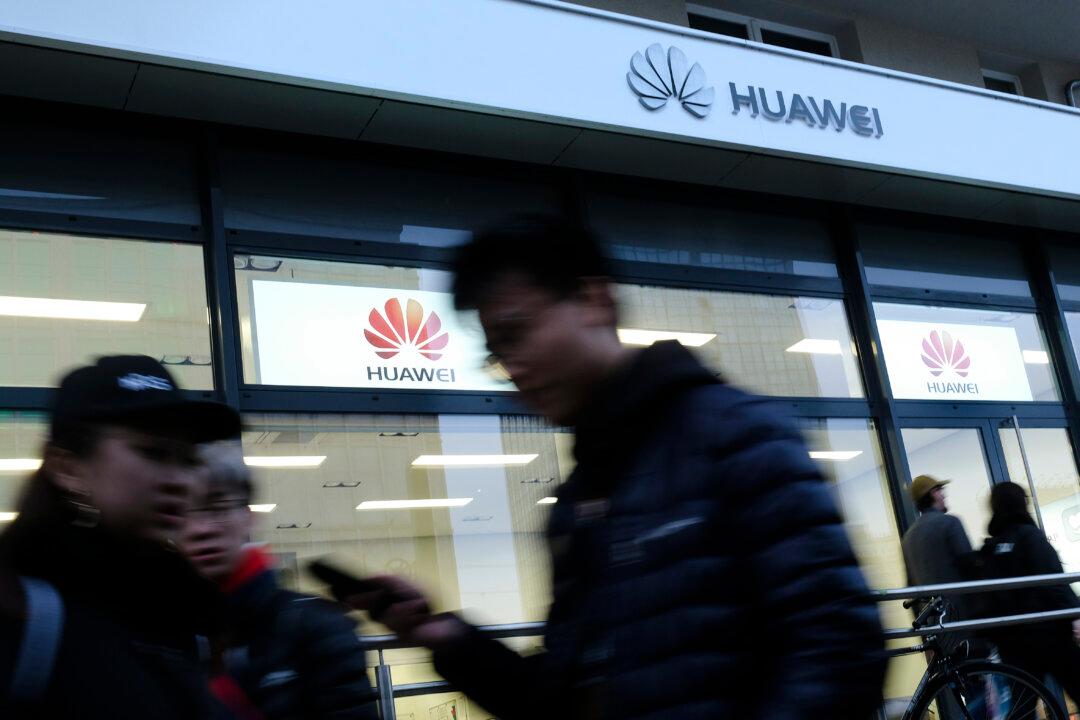President Donald Trump has dismissed a new Australian study suggesting that the Chinese military has presented “an unprecedented crisis” for the United States’ defense strategy. “We have the strongest military in the world right now,” Trump said on Aug. 20 at the White House while meeting with the Romanian president. “Right now, there’s nobody that’s even close to us, militarily. Not even close.”
Growing Military Threat
While China is making large-scale investments to advance its military systems and growing “ever more capable of challenging the region order by force,” the report assessed that the United States was facing a crisis due to “an increasingly worrying mismatch between U.S. strategy and resources,” the report stated.According to the report, the Chinese government has been systematically upgrading and expanding its inventory of missiles for the past 15 years. With up to 1,500 short-range ballistic missiles, 450 medium-range missiles, 160 intermediate-range missiles, and hundreds of long-range ground-launched cruise missiles, it can strike targets as far as the U.S. territory of Guam, where major U.S. Air Force and Navy operating bases are located, the report said.
The precision strikes of accurate long-range missiles could render useless the American and allied military facilities in the Western Pacific “in the opening hours of a conflict,” challenging the U.S.’s ability to respond promptly, the report concluded.
Some regional conflicts could include an attempt to take over Taiwan, a de-facto independent country that Beijing considers its renegade province; the Japan-administered Senkaku Islands, which Beijing also claims as its own; or Scarborough Shoal, a disputed area of the South China Sea claimed by China, Taiwan, and the Philippines.

US Strategy
Despite the concerns, the researchers noted that the United States remained the world’s leading military power and would continue to serve as a “military counterweight to China in the region.” In a power index of countries with interests in the Indo-Pacific, the Sydney-based think tank Lowy Institute also recently ranked the United States a score of 94.7 out of 100 in military strength, followed by China at a score of 66.1.Former Senior U.S. Navy Intelligence Officer John Jordan disagreed with the Australian study findings, explaining that the United States has consistently replenished its military equipment, with new technologies such as the Virginia-class attack submarine, Arleigh Burke-class destroyers, USS Ford-class aircraft carriers, and the B21 bomber.
He believed the U.S. military was fully capable of confronting a Chinese military buildup. “America is very aware of the threat that China and Russia want to be,” Jordan said in a phone interview with The Epoch Times.
He added that the U.S. strategy of working with Indo-Pacific allies has deterred a conflict from occurring. “American’s strategy is to work with partners, that is the Philippines, Japan, South Korea, Australia, and Singapore, to make sure that no one country, including China, has the ability to control or deny others access to international waters like the South China Sea,” he said. The United States frequently conducts freedom-of-navigation operations in parts of the South China Sea.
On Aug. 20, Trump responded to a reporter’s question about the Australian study by saying, “Nothing keeps me up at night,” warning that China would “pay a price that they wouldn’t want to pay” should there be a conflict.
Peter Huessy, president of the Maryland-based defense and national security consulting firm GeoStrategic Analysis, agreed with the president’s assessment.
“What the president is saying is, with the modernization plans that he’s put into place, we will continue to have the premium military in the world,” Huessy said in a phone interview.
With that said, he added that China’s ambitions should be closely monitored, as it seeks to build hegemonic control over trade routes, as well as access to seaports, oil exploration, and gas development. Beijing’s One Belt, One Road initiative seeks to build geopolitical influence through financing infrastructure projects in Indo-Pacific countries.
“China is a bully, and [it] has been bullying countries all over the world,” said Huessy, who is also a columnist for this publication.
He noted that China was good at playing “the innocent party.”
For example, about a week ago, the United States tested an intermediate-range cruise missile that would have formally been banned under the INF treaty—but the United States had withdrawn from the agreement on Aug. 2. The test drew a strong-worded protest from China. The missile was designed to counter the growing number of missiles in China’s arsenal, Huessy said.
He called on the U.S. administration to form a stronger coalition with Indo-Pacific allies to “tell the Chinese to stand down.”





